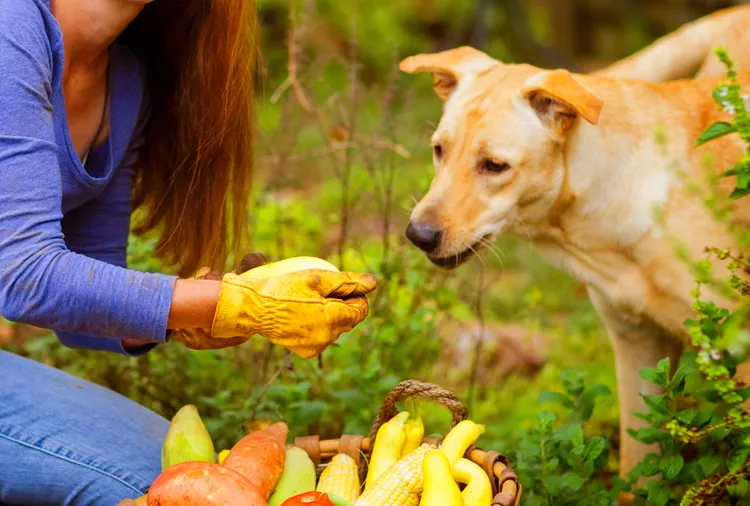Cat breeds come in a wide variety of colors and patterns, including white cats. Pure white cats are fairly rare in the general cat population, as they require a gene that hides every other possible coat color and pattern in a cat's genetic makeup.
These cats can have short or long coats and be a single breed or a mix. They also tend to have light-colored eyes. If you're looking to adopt one of these striking felines, here are 10 breeds that produce white cats.
-
American Shorthair
American shorthairs, the pedigreed version of domestic shorthairs, are friendly, easygoing cats that come in dozens of colors and patterns—white cats included. These cats tend to be adaptable to various living situations. They enjoy spending time with their favorite humans, but they're also good at entertaining themselves with interactive toys.
Breed Overview
Height: 8 to 10 inches
Weight: 10 to 15 pounds
Physical Characteristics: Athletic build; short, dense coat
-
Devon Rex
With its big eyes and prominent cheekbones, the Devon Rex has a somewhat cartoonish appearance. Its short, wavy coat can come in white, along with a variety of other colors. These cats tend to be active and playful. Their friendly nature often makes them a good fit for families with children and other pets.
Breed Overview
Height: 10 to 12 inches
Weight: 8 to 10 pounds
Physical Characteristics: Large ears; slender neck; prominent eyes
-
European Shorthair
The European shorthair is one of the most common and oldest cat breeds in Europe. Besides white, the breed features a range of coat colors and patterns and typically has amber, blue, or green eyes. These cats are generally affectionate, playful, and intelligent, and they do well in various environments.
Breed Overview
Height: 12 to 14 inches
Weight: 8 to 15 pounds
Physical Characteristics: Muscular, stocky body; short, dense coat; round face
-
Maine Coon
Known for its thick, long coat, the Maine coon comes in many color and pattern combinations, including solids, tabbies, and tortoiseshells. Traditionally, Maine coons are brown tabbies. These cats tend to be friendly and laid-back. Most find it easy to get along with everyone, including children, strangers, and other pets.
Breed Overview
Height: 10 to 16 inches
Weight: 10 to 25 pounds
Physical Characteristics: Muscular build; thick, heavy coat
-
Oriental
The slender, athletic Oriental can come in many different colors, including white cats. These cats are typically quite lively, chatty, and personable, and they love attention. Some can become so attached to their favorite humans that it can be very difficult for them to adjust to losing a family member.
Breed Overview
Height: 8 to 10 inches
Weight: 6 to 12 pounds
Physical Characteristics: Sleek body; angular head; large ears; almond-shaped eyes
-
Persian
White has become the coat color most associated with Persians, though they can come in a variety of other colors and patterns. Their long, flowing coats are fairly high-maintenance, requiring daily brushing to remove tangles and mats. Persians are generally sweet, easygoing lap cats that prefer quiet and predictable environments.
Breed Overview
Height: 8 to 10 inches
Weight: 7 to 12 pounds
Physical Characteristics: Long coat; short, stocky legs; large, round eyes
-
Siamese
Also referred to as “foreign white,” pure white Siamese cats lack the classic darker-colored “points” on the ears, face, legs, and tail. Moreover, all Siamese kittens are born white, developing darker colors as they grow. These cats love their families and prefer to be the center of attention. They’re also quite vocal and will let their humans know when they want something.
Breed Overview
Height: 8 to 10 inches
Weight: 8 to 10 pounds
Physical Characteristics: Sleek body; almond-shaped eyes; wedge-shaped head
-
Siberian
Strong and agile, Siberians possess three layers of dense fur and come in a wide variety of colors and patterns. Their thick coat is fairly low-maintenance, requiring brushing a couple of times a week, though they do have periods of heavy shedding. Siberians like adventure, so expect them to climb all over your home as they play and explore.
Breed Overview
Height: 9 to 11 inches
Weight: 10 to 20 pounds
Physical Characteristics: Stocky build; dense coat
-
Turkish Angora
The Turkish Angora is a natural breed that can be traced back several hundred years in Turkey. These cats are commonly pictured as white but can come in black, blue, red, and more colors and patterns. They tend to be energetic and assertive, and they need ample interactive play to keep them happy.
Breed Overview
Height: 8 to 10 inches
Weight: 7 to 14 pounds
Physical Characteristics: Muscular body with long legs; thick coat; almond-shaped eyes
-
Turkish Van
Most Turkish Vans are primarily white with color on the head and tail. They are typically active cats that like to jump, run, and play. And they are known for enjoying swimming. Most are not particularly fond of being held, but they do appreciate petting and being near their favorite humans.
Breed Overview
Height: 9 to 11 inches
Weight: 7 to 20 pounds
Physical Characteristics: Agile, muscular, long body; semi-long coat




















